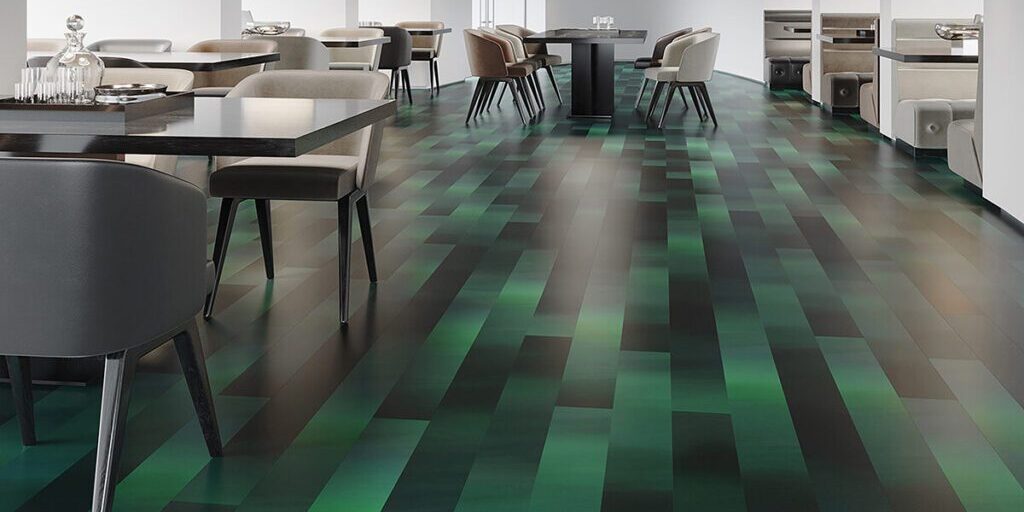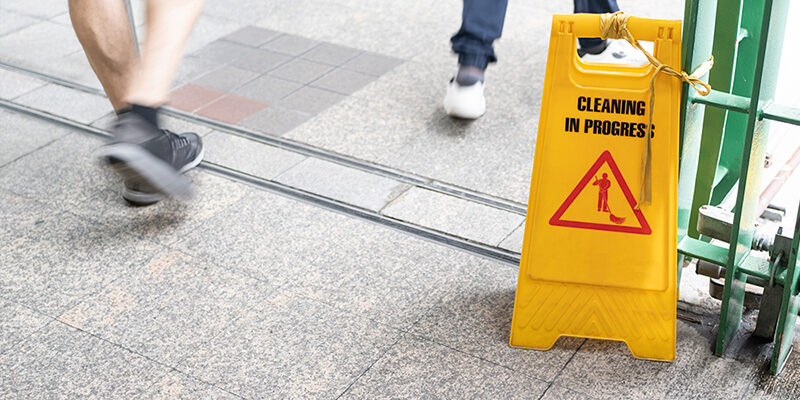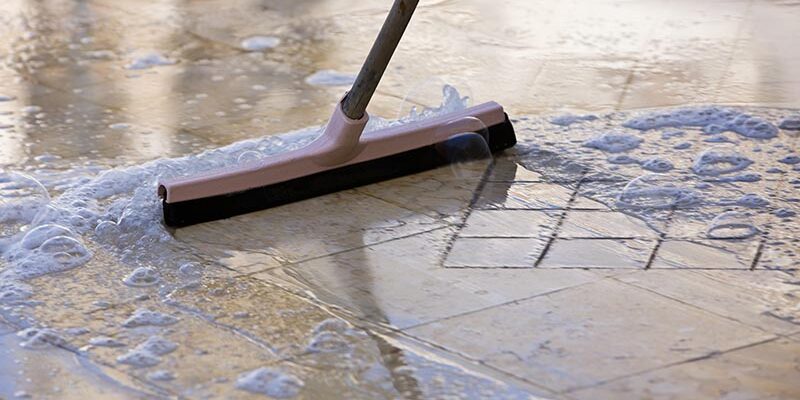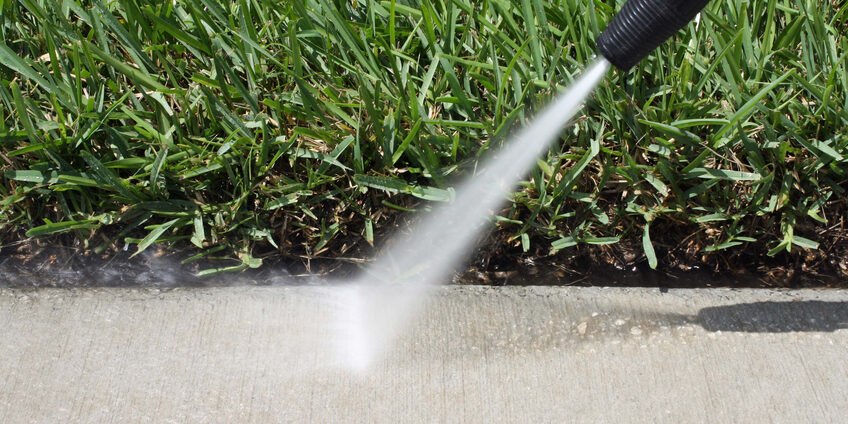Slippery Floors
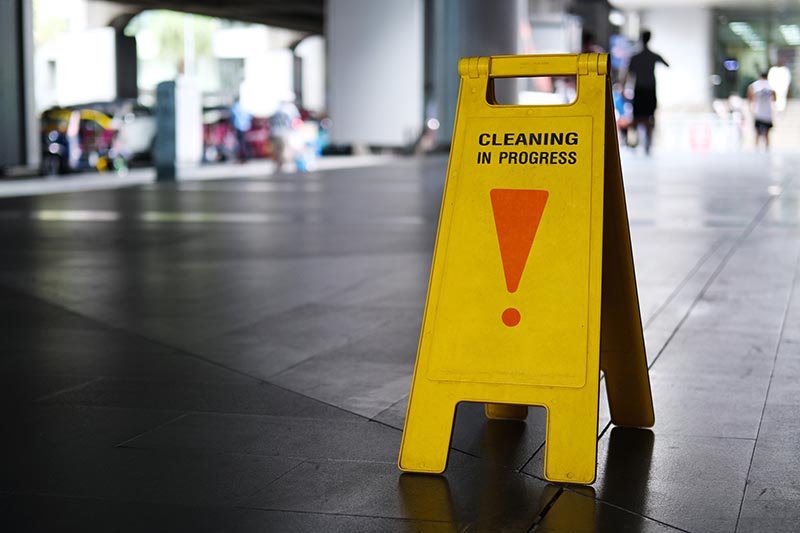
What causes floors in commercial buildings or homes to become slippery? I am sure the first thing you thought of was the obvious: a wet floor, and if so, you would be right. Why do slips and falls occur on a supposedly dry floor?
Vinyl composition tile (VCT), terrazzo, marble, ceramic tile, polished concrete, luxury vinyl, you name it—if it’s a hard, smooth surface, it can be slippery when wet and sometimes even when it is dry. This is the result of a low coefficient of friction (COF) at those times.
The National Floor Safety Institute (NFSI) and other online sources define COF as the ratio of the force that maintains contact between an object and a surface and the frictional force that resists the object’s motion. Unfortunately, many of us may have already been unwilling participants in COF’s definition when we have slipped on a floor, ice, tub/shower, slime-covered stones, etc. In such cases, you have firsthand experience with this fundamental law of physics and the ever-present force of gravity.
I have seen where an overabundance of fine particulate soil, such as drywall dust or pellets of ice-melting compounds, prevented the sole of a shoe from contacting the floor’s surface, making it slippery and causing low COF. This would be an example of a dry floor being slippery.
Soil, water, oil, or detergent residues can all play a role in slippery floors. Any amount of water between the sole of a shoe and the floor is the most common cause. Look at what happens with the tires on your car and the road when it’s raining. Oil, for sure, is a cause of slippery floors, especially in food service areas or by the front doors coming off an asphalt parking lot. Another sometimes overlooked source is the detergent used to clean the floor regularly.
Residue on the floor
What type of residue is left on your floors by the detergent you use after cleaning? Is the dispensing system (metering device, measuring cup, or glug) you use giving the proper dilution ratio for cleaning the floor?
I recall a case where slipping issues on a terrazzo floor were caused by a heavy detergent residue, which was tragic. Furthermore, the residue left on the floor was so bad it contributed to heavy soiling on adjoining carpeted areas. The dispensing system did a fine job of diluting the proper amount into the autoscrubber used in parts of the facility. Still, it was the wrong dilution ratio where the floor was being mopped. It was a good detergent but the wrong dilution for the application.
Why was that happening? A walk-behind floor cleaning machine applies the detergent to the floor, agitates it with a pad or brush, and vacuums the soil and cleaner, leaving a dry floor. When mopping the floor, you leave detergent-laden water on the floor to dry on its own. That light film of detergent builds up over time, causing the issue. So, ensure your dispensing system is properly diluting the detergent for the procedure.
The National Floor Safety Institute (NFSI) tested common household cleaners for their slip resistance and published the results in their January 2023 NFSI Household Floor Cleaner Study. They found that some products reduced the floor’s COF after being used; in other words, they made the floor more slippery.
Obvious things like soil, water, and oil can cause floors to be slippery. A not-so-obvious culprit can be an ice-melting compound and salt. Are you aware that calcium chloride, the most common ice- and snow-melting product, is a type of desiccant? The term desiccant is a fancy word for hygroscopic, meaning it attracts moisture, moisture that is in the air. Why should you be concerned about this? If a film of calcium chloride or salt is left on the floor after it is mopped, your floor will take longer to dry and, in some cases, never truly dry, remaining slippery.
The bottom line
A damp floor is a dangerous floor, but so too is a soiled floor. An improperly maintained floor can cause it to be slippery. Your goal should be to completely remove both soil and detergents from the floor. Use detergents specified for the floor type in question and follow the manufacturer’s recommended dilution ratios. By using the proper cleaning methods, techniques, products, and applying what you have learned as a cleaning professional, you will do all you can to reduce the risk of a floor becoming slippery.


